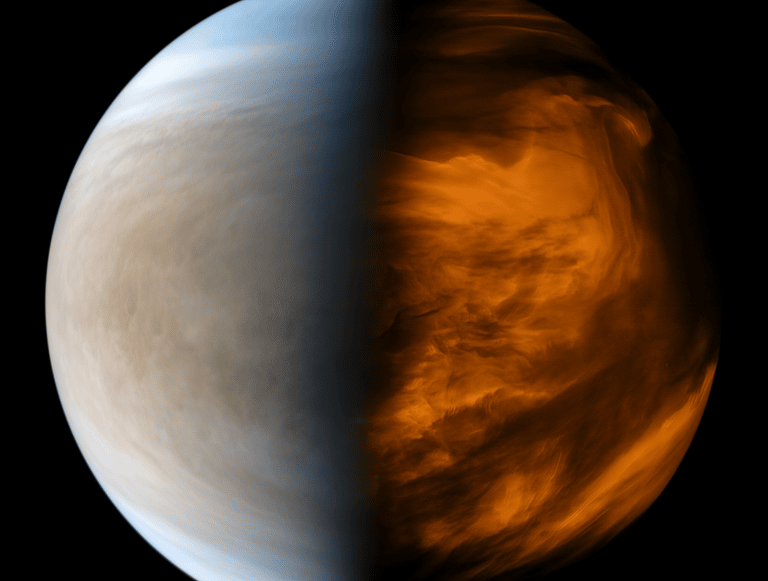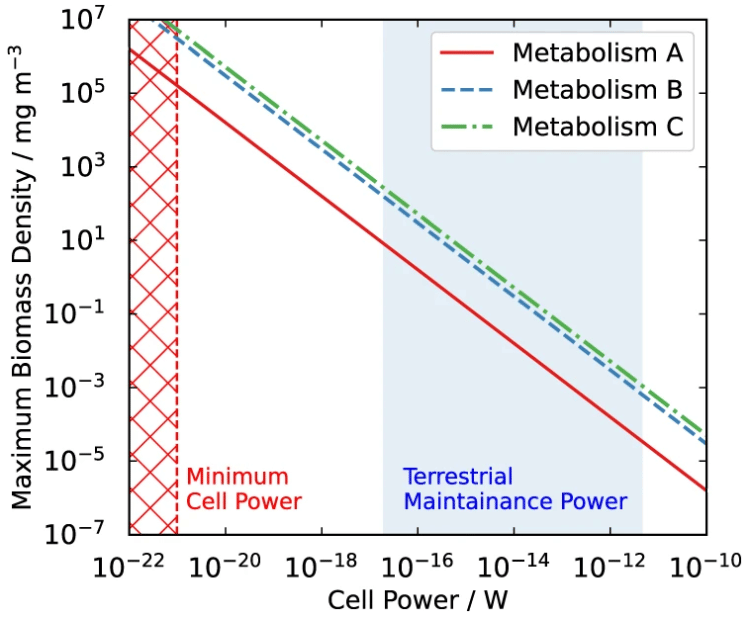
Astrobiologists have found out whether the existence of life in the clouds of Venus is possible
(ORDO NEWS) — Researchers from the UK tested the hypothesis that explains the unusual gas composition of the atmosphere of Venus by the presence of life in its clouds, and even established the maximum possible biomass density of hypothetical microorganisms.
Their calculations were based on the amount of sulfur dioxide in the Venusian atmosphere and in the future will make it possible to judge the possibility of life forming on similar exoplanets.
Sulfur dioxide (SO 2 ) is a key element of the sulfur cycle on Venus. It was discovered in the planet’s atmosphere at all altitudes - above, inside and below the dense Venusian clouds - at the very early stage of research, using ground-based observations and instruments on spacecraft and descent vehicles.
Almost immediately (already in the late 70s, after the first measurements were taken), scientists noticed a strange uneven distribution of dioxide in its atmosphere.
So, in the clouds of Venus and above them, the content of sulfur dioxide is orders of magnitude lower than in the lower layers of the atmosphere.
And if a low concentration of SO 2 above the clouds is expected (since as a result of the photochemical effect of sunlight from sulfur dioxide and water vapor, sulfuric acid is formed, which fills the Venusian clouds), then in a dense layer of clouds it should be much more than is observed now.
In the process of searching for a mechanism for the depletion of atmospheric sulfur dioxide, a biological option was proposed, namely, three possible biochemical pathways on which the metabolism of hypothetical Venusian microbes could be based.
Using these pathways, microorganisms living in the lower layers of clouds, at an altitude of 47 to 57 kilometers, could absorb and process SO 2 into other sulfur compounds.
Researchers at the University of Cambridge, UK, have used a combination of atmospheric and biochemical models to study these metabolic pathways and the implications that the metabolism of hypothetical microbes will have on the atmospheric composition of Venusian gases.

“For the past two years, we have been trying to explain the strange sulfur chemistry that we see in the clouds of Venus,” said study co-author Dr. Paul Rimmer ( Paul Rimmer ) from the Cambridge Department of Geosciences.
“Life is pretty good at explaining the strange chemistry, so we explored whether there is a possibility that life could explain the current observational data as well.”
The models developed by the authors of the work showed that, under certain parameters, it is possible to achieve a reduction in the level of sulfur dioxide to the observed values.
However, in return, hypothetical microbes would have to absorb other compounds (such as carbon monoxide, hydrogen, and hydrogen sulfide), as well as produce and emit waste products into the atmosphere, such as hydrogen sulfide, carbon dioxide, carbonyl sulfide. This would greatly change the ratio of atmospheric gases, which is inconsistent with observations.

The simulation results can correspond to the data on the composition of gases in the atmosphere of Venus only if a hard upper limit is set on the concentration of the biomass of hypothetical microbes, although in this case it will no longer be possible to fully explain the depletion of atmospheric SO 2 by biochemical reactions.
According to calculations, with the most realistic assessment of the energy needs of microorganism cells, their concentration should be no more than 10 -5 -10 -3 milligrams in one cubic meter of air.
However, as the authors of the work admit, if life on Venus uses a currently unknown metabolic pathway, this estimate could change dramatically.
In addition, the researchers say their results could also be useful for studying the atmospheres of exoplanets like Venus and possibly detecting life outside the solar system. For example, some of the sulfur molecules mentioned in the new study could be detected by the recently launched James Webb Space Telescope.
“To understand why some planets can have life, we need to understand why other planets are lifeless. If life somehow managed to penetrate the Venusian clouds, this would completely change the approach to the search for chemical signs of life on other planets, ”concluded study co-author Dr Oliver Shorttle ( Oliver Shorttle ) from the Cambridge Department of Geosciences and the Institute of Astronomy.
—
Online:
Contact us: [email protected]
Our Standards, Terms of Use: Standard Terms And Conditions.



